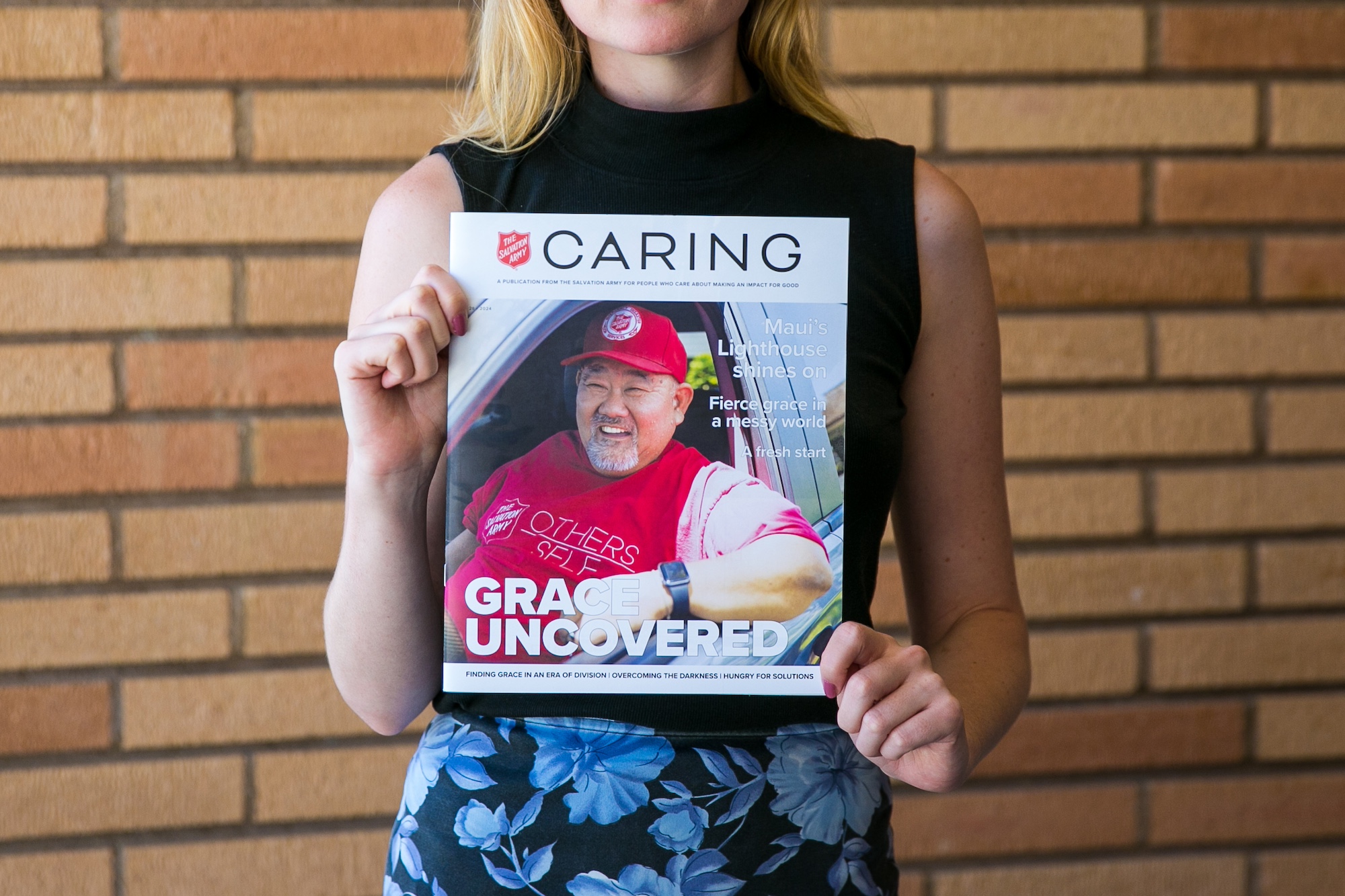Great Falls
The Women’s Auxiliary of Great Falls, Mont., held its Ninth Annual Antiques & Collectibles sale and luncheon recently. The membership is enthused and gratified with the results of this sale, which was held at the gymnasium at the community center.
Items donated throughout the year are set aside, and from September through May members gather once a week to prepare donated pieces for sale. Each year, the amount realized from the event has increased, this year netting $16,584 for the local Salvation Army.
Though antiques and collectibles are featured, they find there is a market for contemporary items as well. Knowledgeable members evaluate the dishes, glassware, silver, brass, copper and aluminum, kitchen goods, linens, vintage clothing, toys, jewelry, books and furniture. A few choice pieces bring sprightly bidding at a silent auction, which this year brought in $1,258. Another feature was a sale of designer pillows donated by local decorators.
The Auxiliary has voted to give $7,500 toward scholarships for young people to attend the Salvation Army Summer Day Camp program. Other requests listed by corps officers Majors Cal and Glenda Prouty are under consideration.
Mrs. Helen Swarthout was the president of the Auxiliary this past year. Formed in 1973 with 30 members, the Auxiliary now numbers 79.
Hawaii
“Caring Connections” was the theme for the Honolulu Women’s Auxiliary’s installation luncheon. Representative speakers from each Salvation Army unit which received project grants from the auxiliary expressed how this funding support resulted in establishing caring connections in the community.
(Then) Divisional Commander Lt. Colonel Chris Buchanan conducted the installation ceremony. Using the Scriptural reference to the imagery of a shepherd caring for the lost sheep, he challenged new officers to take hold of the shepherd’s staff as a symbol of caring leadership.
They were encouraged to use it to draw in new members and to reach out to members who are on the outer edges–gently pulling them into meaningful and satisfying opportunities for service.
“Use it also,” he said, “to fight off such enemies as discouragement, difficulties, and indifference. Use it to point the way to sound organizational structures, creative program planning and implementing projects which will provide care to the lost.”









